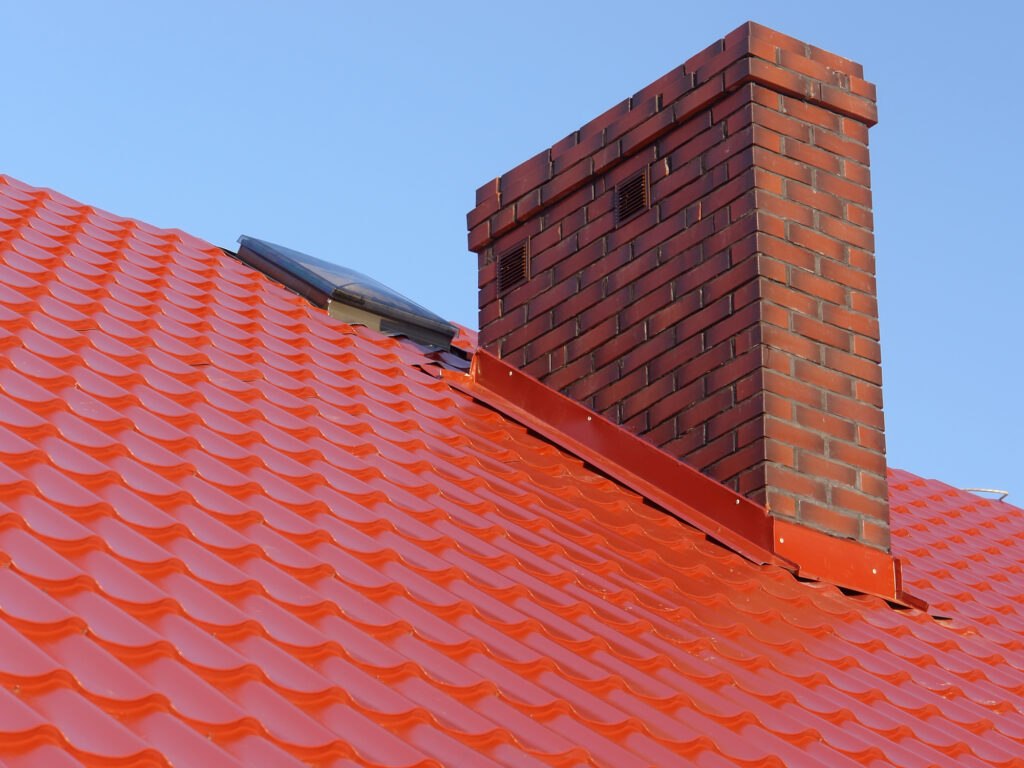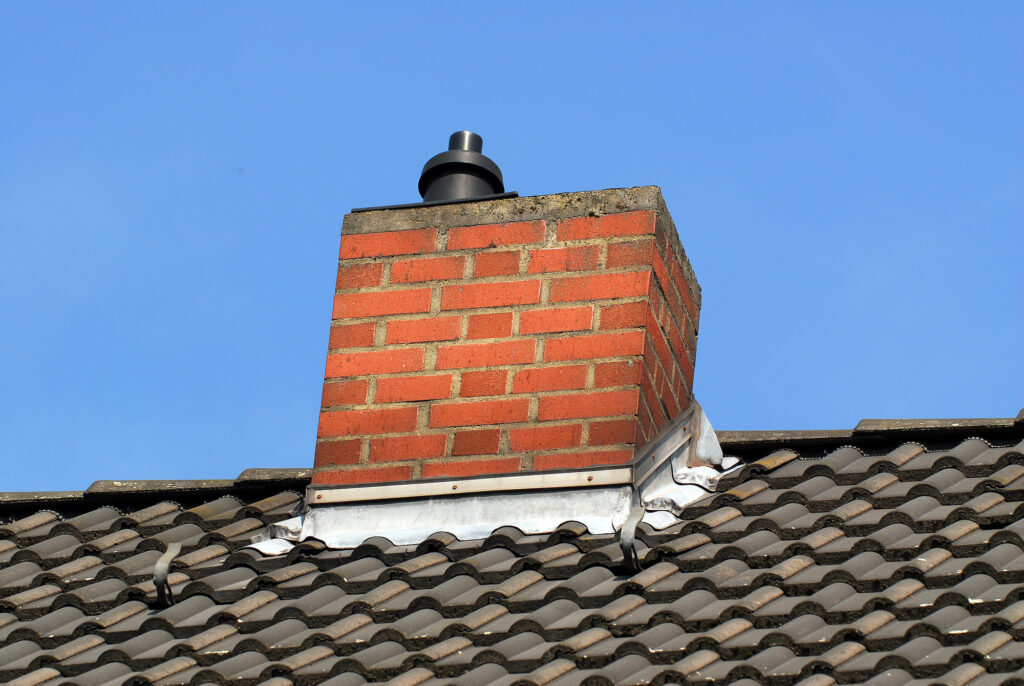Why Is Chimney Flashing Important for Your Roof?
When it comes to the integrity of your roof, there is one critical element that often goes unnoticed – chimney flashing. It might not be the first thing you think of, but it plays a vital role in keeping your home safe and dry. In this blog post, we will delve into the significance of chimney flashing and why it is essential for maintaining a secure and water-resistant roof.
Concerned about your chimney's flashing?
Get peace of mind with a thorough inspection.
Schedule InspectionThe Basics of Chimney Flashing
Chimney flashing is a protective seal that surrounds the base of your chimney where it meets the roof. It is typically made from metal, such as aluminum or galvanized steel, and it acts as a barrier against moisture intrusion. The flashing prevents water from seeping into the crevices around the chimney and into your home. Without this essential feature, your roof would be susceptible to leaks, structural damage, and even mold growth.

How Chimney Flashing Works
Chimney flashing is designed to create a watertight seal that protects your roof. It comprises three main components
1. Step Flashing: This type of flashing is installed underneath the shingles and alternates between layers of roofing material. It creates a series of steps that help to direct water away from the chimney, preventing it from seeping into your home.
2. Counter Flashing: Placed on top of the chimney, counter flashing overlaps the step flashing to create a complete seal. This component is crucial for keeping water and debris out.
3. Base Flashing: Base flashing sits at the bottom of the chimney, forming a connection with the step flashing and preventing water from infiltrating the structure.
By working together, these components form a robust protective barrier that keeps your roof and home dry, even during heavy rain or snow.
Avoid costly future repairs.
Discover the preventative power of proper chimney flashing.
Book a Service NowBenefits of Proper Chimney Flashing
In addition to safeguarding your roof and preventing water damage, there are several more benefits to having proper chimney flashing:
· Energy Efficiency: A well-sealed chimney flashing also helps maintain the temperature inside your home. By preventing drafts, it can reduce the load on your heating and cooling systems, ultimately saving you money on energy bills.
· Aesthetic Appeal: Properly installed chimney flashing enhances the visual appeal of your roof. It gives your home a polished and finished look, which can significantly increase its curb appeal and resale value.
· Longevity: By protecting your roof’s structural integrity, chimney flashing contributes to the overall longevity of your roofing system. This can extend the life of your roof, reducing the need for costly replacements.
· Insurance Savings: Insurance companies often view well-maintained roofs more favorably, which can lead to lower insurance premiums. Having proper chimney flashing in place can be a point in your favor when negotiating your home insurance rates.
Chimney flashing does more than just prevent leaks; it offers a range of benefits that improve your home’s efficiency, aesthetics, and overall durability.
Protecting Your Investment
Chimney flashing may not be the star of your roof, but it plays a leading role in maintaining its health and longevity. With a properly installed and well-maintained flashing system, you can enjoy a dry and comfortable home year-round. Do not wait until you notice water stains on your ceiling or other signs of a problem. Take proactive steps to ensure your chimney flashing is doing its job correctly.
In conclusion, chimney flashing is a seemingly minor but incredibly crucial aspect of your roofing system. It prevents water intrusion and preserves the structural integrity of your home. Do not underestimate its significance, and make sure to schedule regular inspections and maintenance to keep your roof and your investment in top condition.

FAQs About Chimney Flashing
Winter weather can also cause mortar between bricks to crumble, which can lead to structural instability or even collapse. This occurs when winter moisture is absorbed into the mortar and freezes, resulting in cracking or crumbling.
Q: How often should chimney flashing be inspected and maintained?
A: Regular inspections are crucial. At least once a year, preferably before the rainy season, you should have a professional check for any damage or signs of wear and tear.
Q: Can I install or repair chimney flashing myself?
A: While DIY projects are appealing, it is best to leave chimney flashing installation and repairs to the experts. Improper installation can lead to leaks and further damage.
Q: What are the signs that my chimney flashing needs attention?
A: Look for rust, cracks, or gaps around the flashing. Water stains or visible leaks in your home near the chimney are also red flags.
Q: What can happen if chimney flashing is neglected?
A: Neglected chimney flashing can lead to extensive water damage, including rotting wood, mold growth, and expensive repairs to both the roof and interior of your home.
Remember, taking care of your chimney flashing can save you from costly repairs down the road and provide peace of mind knowing your home is well-protected. So, do not wait – schedule that inspection and ensure your roof remains safe and dry
